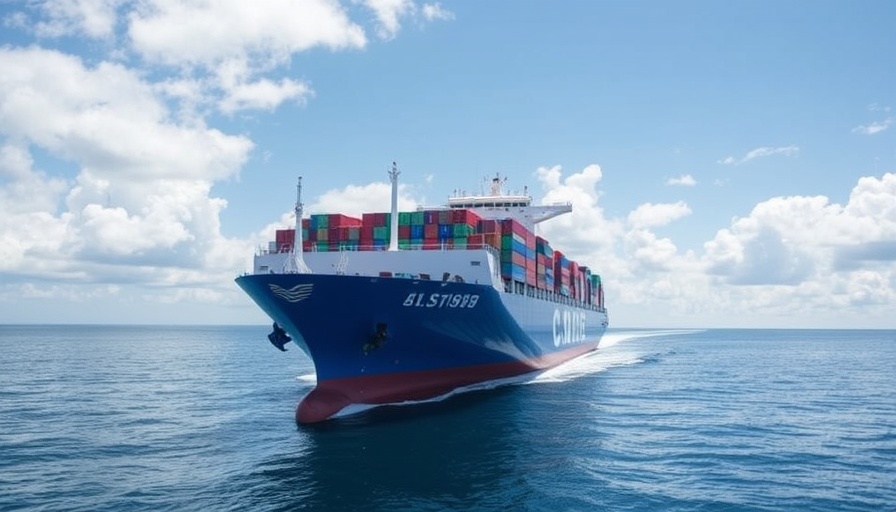
Revamping Shipping: From Bunker Fuel to Electric Power
The global shipping industry has long been plagued by pollution stemming from Heavy Fuel Oil (HFO), commonly known as bunker fuel. This viscous fuel, which has a high sulfur content and numerous impurities, is responsible for 12% and 13% of the world’s sulfur and nitrogen oxides emissions, contributing to serious health issues like lung cancer and cardiovascular disease. This pollutive legacy has prompted the International Maritime Organization (IMO) to implement measures aimed at reducing greenhouse gas (GHG) emissions drastically.
Electric Ships: A Comprehensive Solution
Fortunately, innovations in electric shipping are positioning the industry toward a cleaner future. Electric container ships have shown promise by proving feasible for long-distance routes, carrying capacities of up to 7,000 TEU. They can operate effectively over distances of 5,000 kilometers, and groundbreaking research supports that if battery prices decline to as low as $50/kWh, these vessels could cover even longer distances economically. According to studies, a shift to battery electric ships could electrify over 40% of global container traffic, significantly curbing carbon emissions by 14% for U.S.-based vessels.
Infrastructure for Electric Shipping
The successful transition to electric shipping rests on robust infrastructure, especially at ports. Island ports, as highlighted in recent reports, will play a crucial role in facilitating electric vessels' operations over extensive sea routes. The core element for successful implementation includes stable energy sources at ports for charging electric ships and battery exchanges, allowing efficient operations without the constraints of lengthy recharging times.
Future Predictions: Seamless Integration of Technologies
In regions like the Yangtze River in China, significant efforts are being made to integrate electric propulsion into the maritime ecosystem. Recent developments include the commissioning of China’s largest electric, battery-powered containerships for COSCO Shipping, showcasing a modular battery system that allows for switched-out batteries. This design facilitates uninterrupted shipping operations along critical inland waterways, paving the way for future expansion into oceanic crossings.
Opportunities on the Horizon for Sustainable Practices
Micro-infrastructural enhancements across major shipping routes present the chance to evolve electric shipping into the standard mode of transport. Moreover, the combination of renewable energy sources converging at strategic ports brings affordable and sustainable charging solutions within reach—wind power along the Aleutians being a prime example. The potential to electrify existing shipping lanes, which often hug coastlines and approach ports, aligns seamlessly with environmental goals.
Call to Action: Join the Shift to Electric Shipping
As the global emphasis on sustainability and efficiency intensifies, contractors and builders are urged to adapt to these innovations in maritime technology. Getting involved in the electrification of shipping infrastructure will not only benefit the environment but also enhance operation efficiencies. Forward-thinking contractors can play a pivotal role in shaping a cleaner, more effective maritime logistics future.
 Add Row
Add Row  Add
Add 




Write A Comment